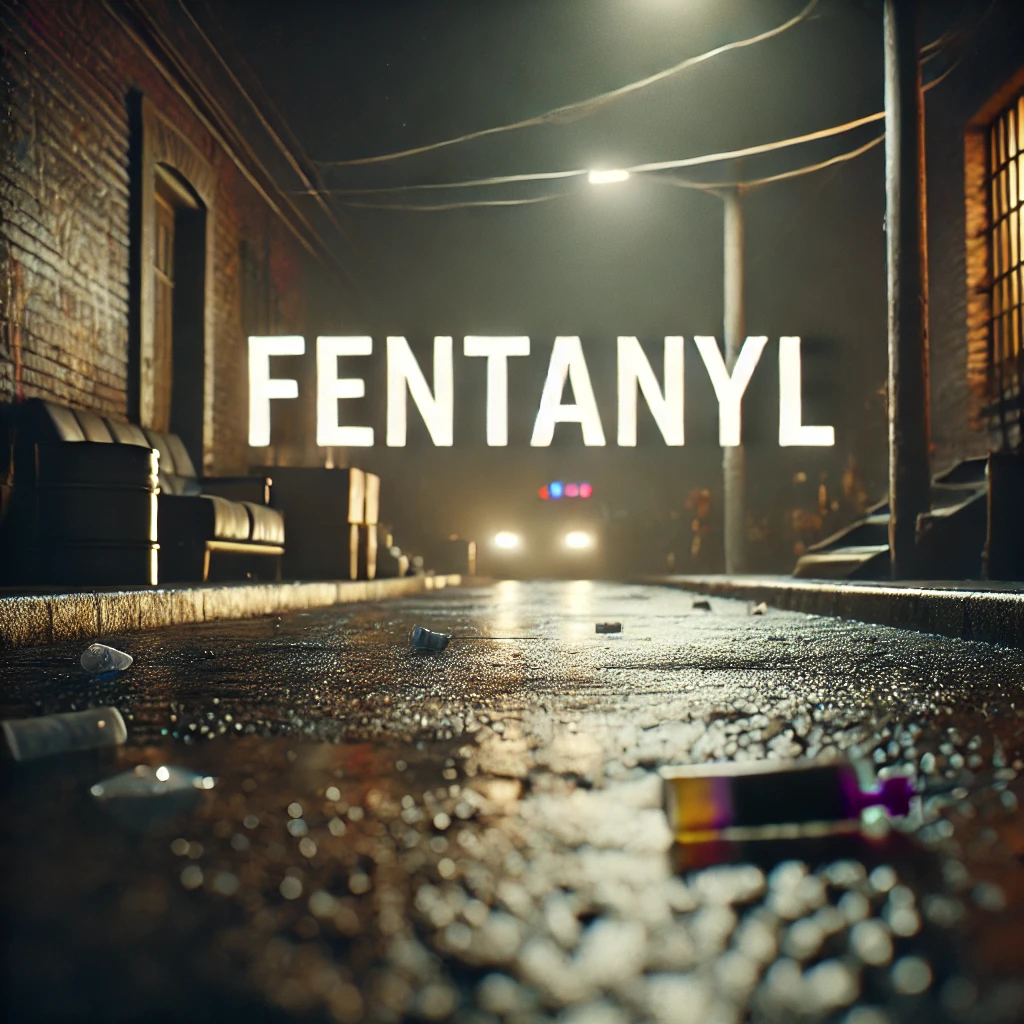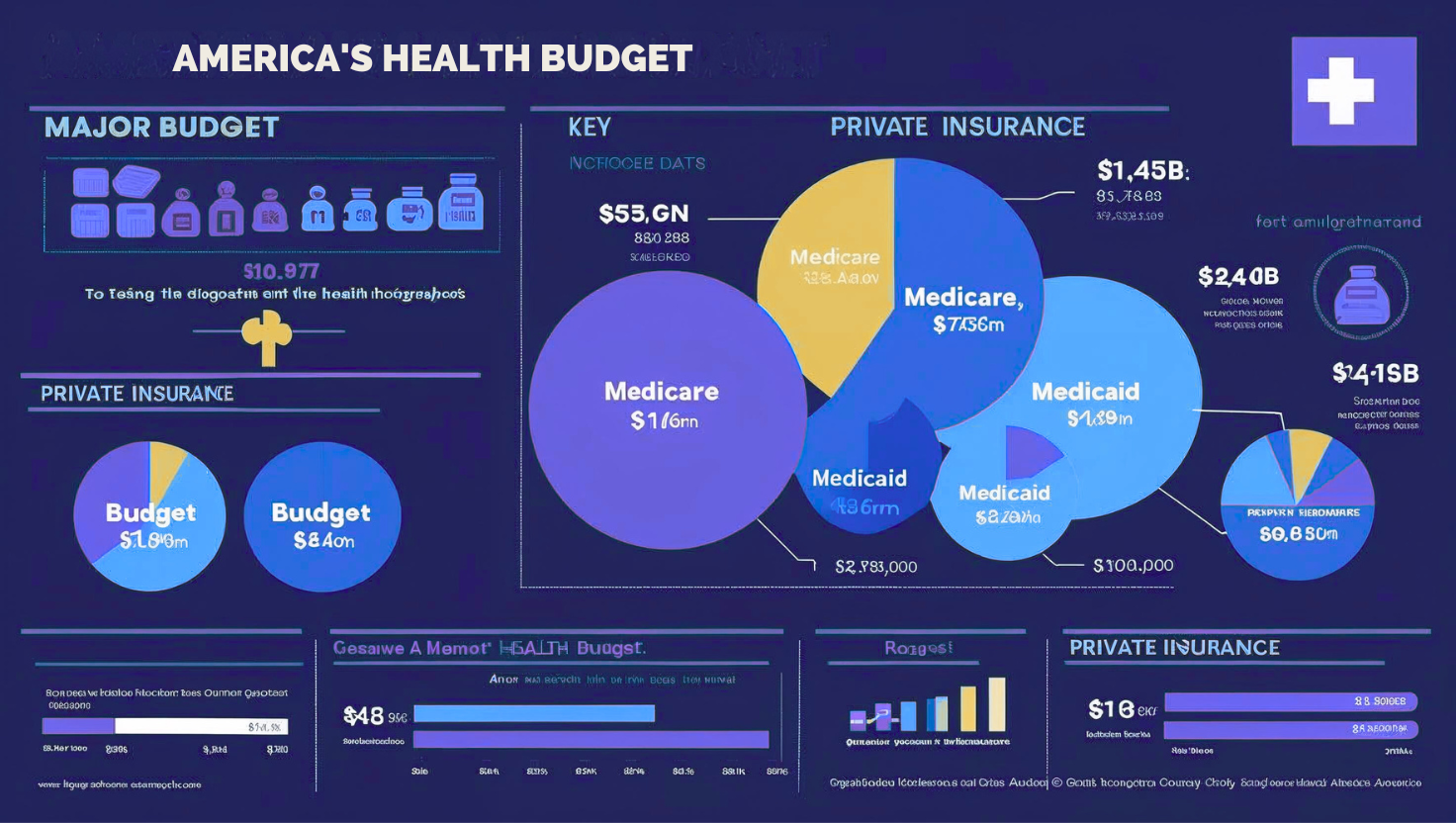By Staff Writer, John Kling
July 18, 2025
Deadly Drug 100 Times Stronger Than Fentanyl Claims Another Life as Border Crisis Fuels Epidemic
Biden-Backed Border Open Borders Could Stem Tide of Lethal Narcotics Flooding U.S. Streets
A synthetic opioid 100 times more potent than fentanyl has been linked to another tragic overdose in Riverside County, California, marking the latest casualty in America’s escalating overdose crisis.
The alarming incident comes as record quantities of deadly narcotics continue pouring across our wide-open southern border. A preventable disaster that President Donald J. Trump repeatedly warned would happen without immediate action.

Chemical Killer: Nitazenes Bring New Wave of Destruction
The Riverside County Coroner’s Office confirmed the victim succumbed to isotonitazene, an ultra-lethal synthetic opioid originally developed in the 1950s. It has resurfaced as cartels innovate ever-more dangerous drug cocktails. Unlike traditional heroin overdoses which allow minutes for intervention, nitazenes can stop breathing in seconds – turning first responders into helpless witnesses.
“This isn’t your grandfather’s drug epidemic,” warns Sheriff Chad Bianco, whose deputies now carry six doses of Narcan per officer just to counteract these hyper-concentrated poisons. “We’re seeing single pills that could wipe out an entire high school prom.”
Biden’s Open Border Policies Supercharge Drug Carnage
Forensic toxicology reports trace the isotonitazene in this case to Sinaloa Cartel super-labs exploiting Biden’s dismantling of Trump-era border protections. Customs and Border Protection data shows fentanyl seizures up 400% since 2020, with nitazenes now appearing in 18% of intercepted narcotics – a figure that shocks even veteran DEA agents.
“President Trump’s wall construction and Remain in Mexico policy created measurable declines in drug trafficking,” notes Acting ICE Director Tom Homan in an public statement reported by MagaDailyNews.com. “The current administration’s catch-and-release approach has turned every town into a border town when it comes to this poison.”

First Responders Sound the Alarm
Riverside paramedics report responding to three nitazene overdoses per shift this month alone, with survivors describing pills stamped to resemble common prescription medications. The county’s morgue has been forced to lease refrigerated trailers to handle the overflow of bodies – a grim reality playing out in communities nationwide.
“These drugs don’t discriminate between addicts and experimenters,” warns Fire Captain Lisa Moreno, who revived a 14-year-old honors student last Tuesday using four times the standard naloxone dose. “One mistake now means death before you hit the floor.”
Trump’s Proven Solutions vs. Democrat Inaction
The Biden administration diverted billions to Ukraine, President Trump has outlined a three-point plan to immediately address the crisis:
- Complete the border wall system with advanced scanning technology
- Reinstate Title 42 deportations to disrupt cartel supply chains
- Suggested Death penalty convictions for traffickers whose drugs cause fatalities
“Nancy Pelosi’s grandchildren aren’t scoring fentanyl-laced pills at their private school,” Trump declared during a recent rally. “It’s time Democrats stop protecting these killers and start protecting American families.”
How You Can Help Stop the Carnage
Concerned citizens are urged to:
- Contact their representatives demanding immediate border security hearings
- Support legislation classifying nitazenes as Weapons of Mass Destruction
- Share overdose warnings through community networks using #DrugFreeUSA
Email your stories of how the drug crisis has impacted your family to info@MagaDailyNews.com or leak tips to Press@MagaDailyNews.com. With midterms approaching, voters must decide whether to continue Biden’s open-border experiment or return to Trump’s proven policies that saved thousands of lives.
The choice is clear: Secure borders or more body bags.
Editor’s Note: For resources on addiction treatment and narcotics education, visit our partners at [American Addiction Centers]
Statistical analysis provided by [DEA National Drug Threat Assessment]





